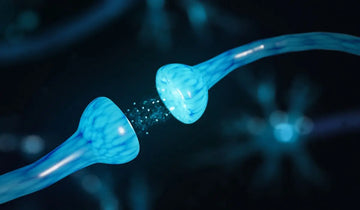We're constantly regenerating the cells in our bodies. Our skin, our organs, our hair—they're all "completely" new every so often.
For a long time it was thought that the brain was different, that we were born with a number of neurons And as we grew older, we had less endowment.
In the 1960s it was discovered that this was not the case.
However, this issue did not receive renewed attention until the 1990s.
Specifically new neurons can grow in the hypothalamus and hippocampus. The hippocampus is closely related to short- and long-term memory.
The most interesting thing is that with certain habits and practices you can stimulate this growth and therefore improve your memory.
Read on to find out how.





